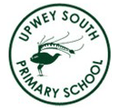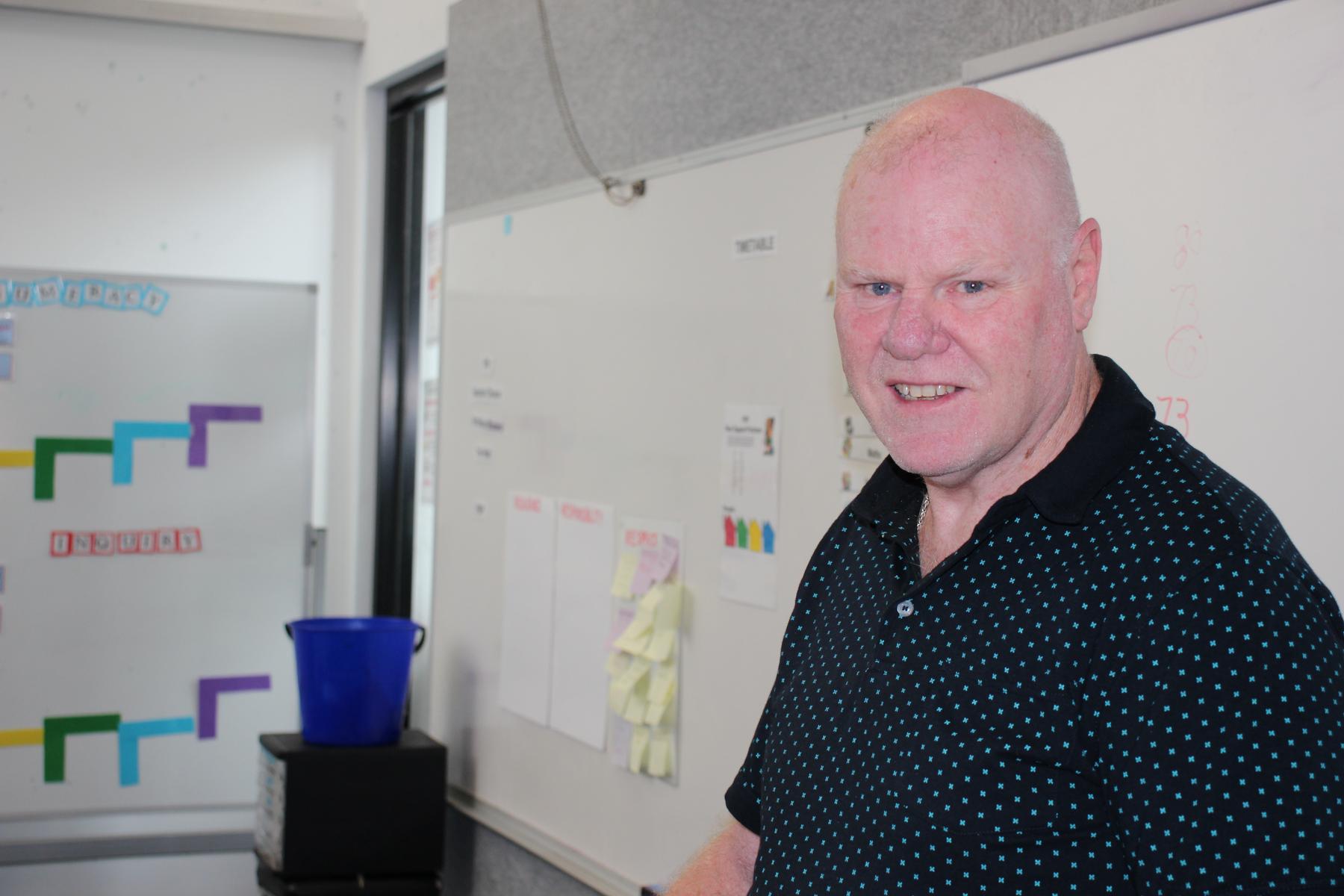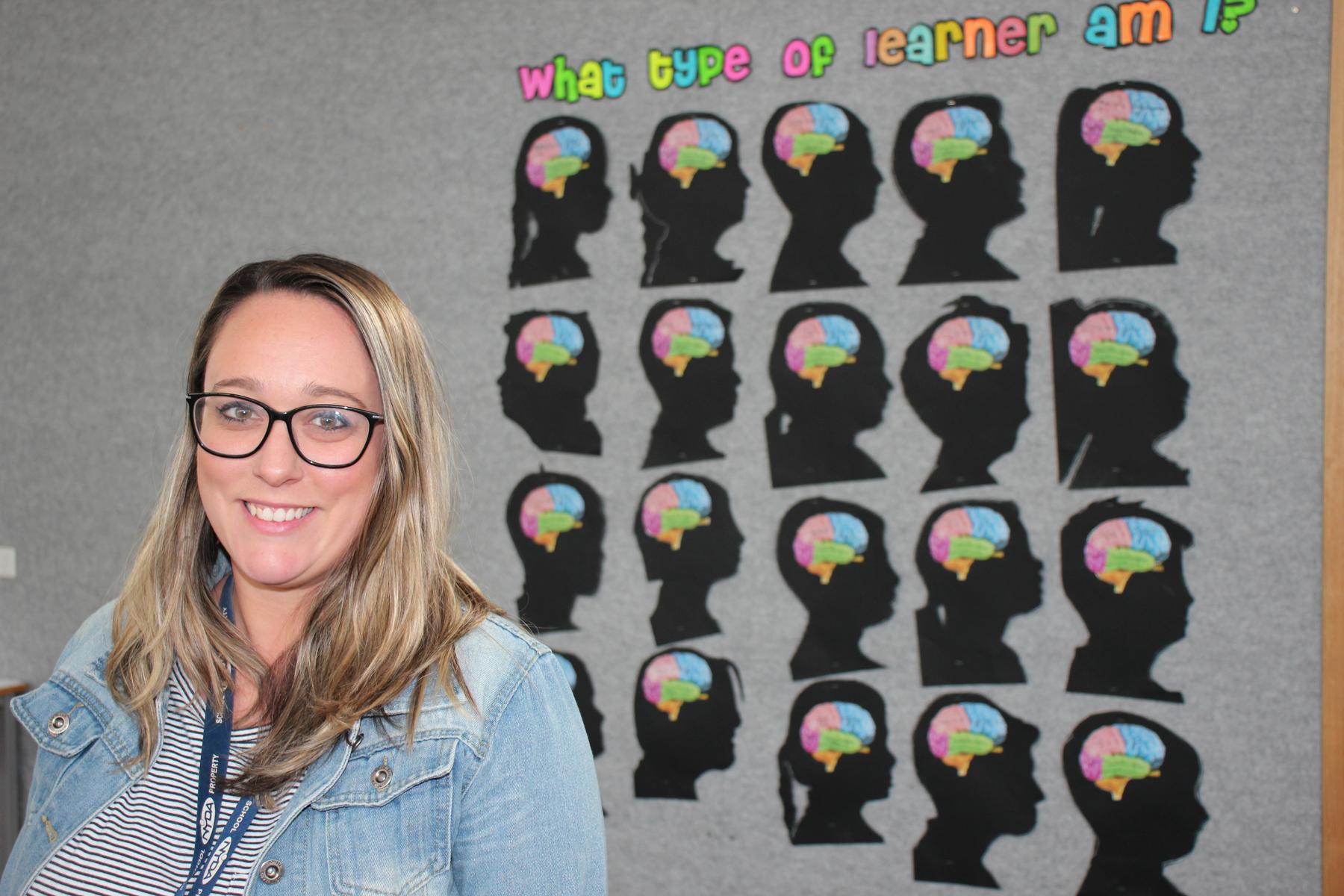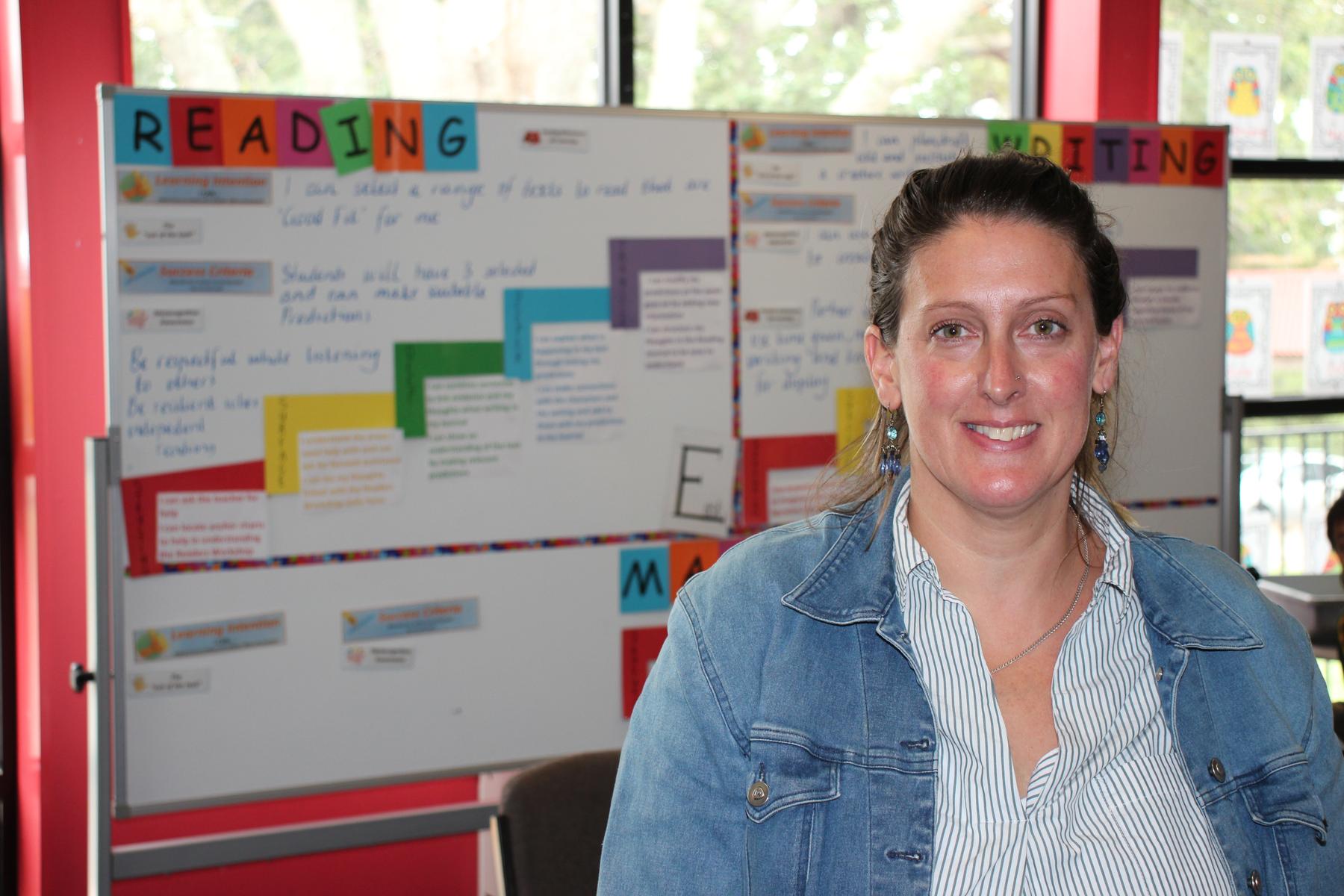Year Five/ Six

Communicating with the Year Five/Six Team
We look forward to partnering with you in 2020, and welcome your input:
Llewela Humphries (Class 56A) Llewela.Humphries@education.vic.gov.au
Gary Monopoli (Class 56B) Gary.Monopoli@education.vic.gov.au
Hayley Oliver (Class 56C) Hayley.Oliver@education.vic.gov.au
Jessica Cameron (Class 56C) Jessica.Cameron@education.vic.gov.au
An Overview of our Learning
Routines in the Classroom
Routine & Rigour
While it is important for students to develop consistent curriculum routines it is also beneficial for them to learn to become independent learners who are responsible for their choices.
In the senior years of Primary School we focus on routine and rigour and the importance of setting up and developing skills that our students can take into High School. Organisation is an important skill to develop, one in which we focus on daily. This may be the organisation of their learning equipment, of their learning space or presentation of their work: margins, dates, headings, sub headings etc.
Developing routine and rigour at school allows the students to focus on the quality of the work they produce and in respecting their learning spaces. Routines don’t just happen, they come about by setting clear expectations and by consistently revisiting the process.
SWPBL
At Upwey South Primary School, teachers use School Wide Positive Behaviour for Learning while developing routines in our classrooms. Positive language alongside role modeling positive behaviour is our underlying teacher model. The construction of our class behaviour matrix continues to remind all our students of expected behaviours. Clear expectations allow for clear, safe and healthy routines.
Remote Learning Reflection
During Remote Learning, students have been given many opportunities to develop routines and in building new strengths. In the final week, each student has been set a Learning Task which prompts the students to think about their own learning. How have they shown our school values, what strengths have they discovered, reflection of them as a learner and if there's anything they want to share / highlight with their teachers. I have included a short video, identifying the reflection clip and the expectations we have on the students completing it. This reflection will be included in the students reports.
Below I have attached a document from the NSW Education government site, identifying steps in which educators and parents could use to reinforce behaviours and to develop strong routines.
“Canter recommends a 3 step cycle for teaching routines:
Step 1:
Teach routines for whenever students need to follow a certain direction. Don’t assume that students know how they are expected to behave. Establish specific directions for each activity during the day - whole class seat work, small-group work, transitions between activities, and so on.
For each situation determine the exact behaviours expected of students. Once the specific behaviours for each situation have been determined, students must be taught how to follow the directions. To do this:
- state the directions and, with younger students, write the behaviours on the board or on a flip chart
- model the behaviours
- ask the students restate the directions
- question the students to make sure they understand the directions
- immediately engage the students in the activity to make sure that they understand the directions.
Step 2:
After teaching the specific directions, use positive repetition to reinforce the students when they follow the directions. This is especially important at the primary level.
Typically, teachers give directions to the students and then focus attention only on those students who do not obey. For example, 'Justin, you didn't go back to your seat' Instead, teachers should focus on those students who do follow the directions, rephrasing the original directions as a positive comment. For example, 'Jason went back to his seat and got right to work.'
Step 3:
If a student is still misbehaving after a teacher has taught specific directions and has used positive repetition, only then should the teacher use negative consequences. As a general rule, the teacher should not administer a negative consequence to a student until they have reinforced the appropriate behaviour with at least 2 students.
Effective teachers are always positive first. Focusing on negative behaviour teaches students that negative behaviour gets attention, that the teacher is a negative person, and that the classroom is a negative place.”
References
- Canter, L. (1996). Assertive Discipline. Seal Beach, CA: Canter and Associates.
As we return to face-to-face teaching, we have asked our students to commit time to reflect upon their Remote Learning experiences. The video below is an extract of a learning task posted to Google Classrooms, which provides the students with simulated in-class teacher modelling.



